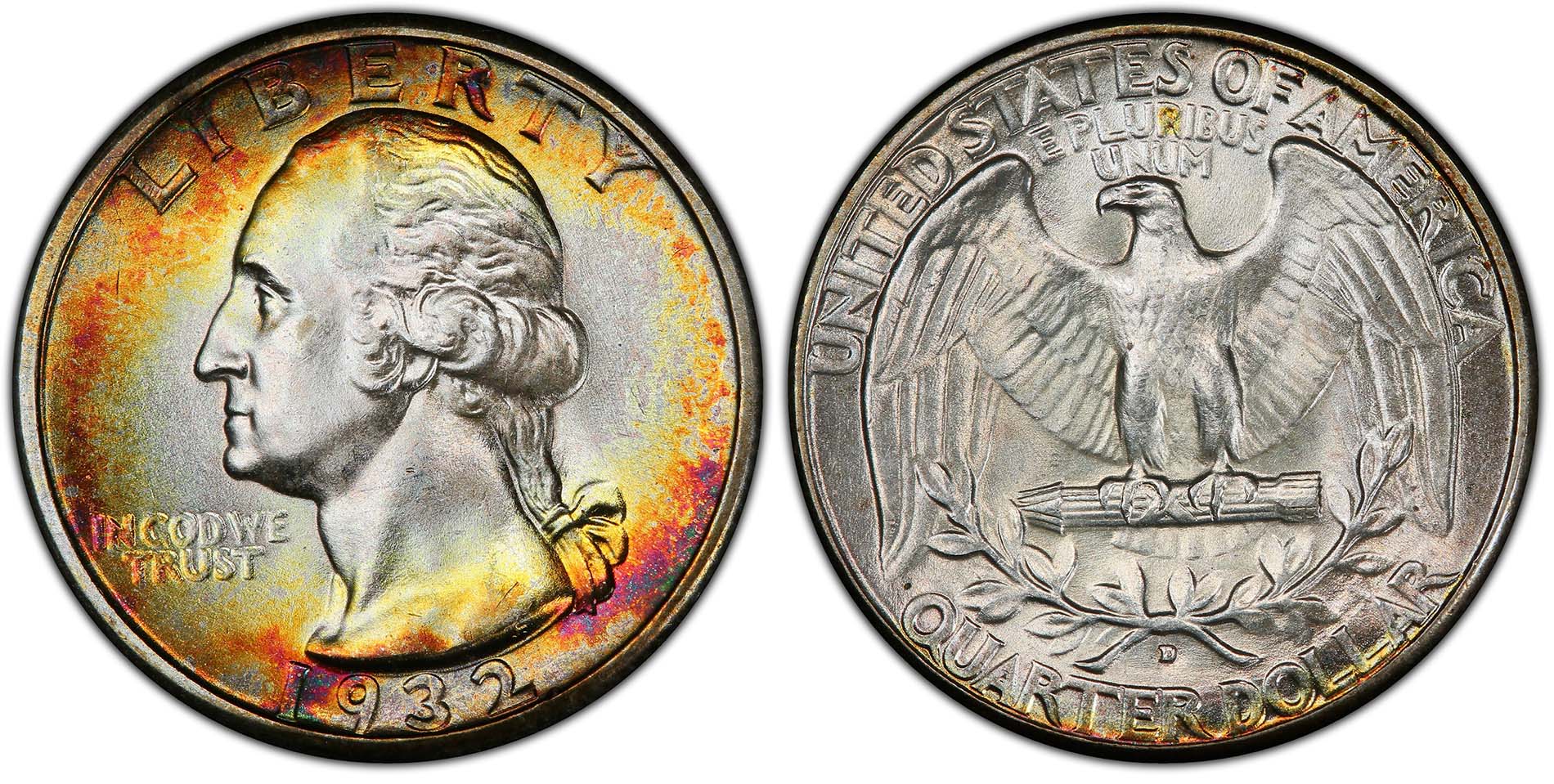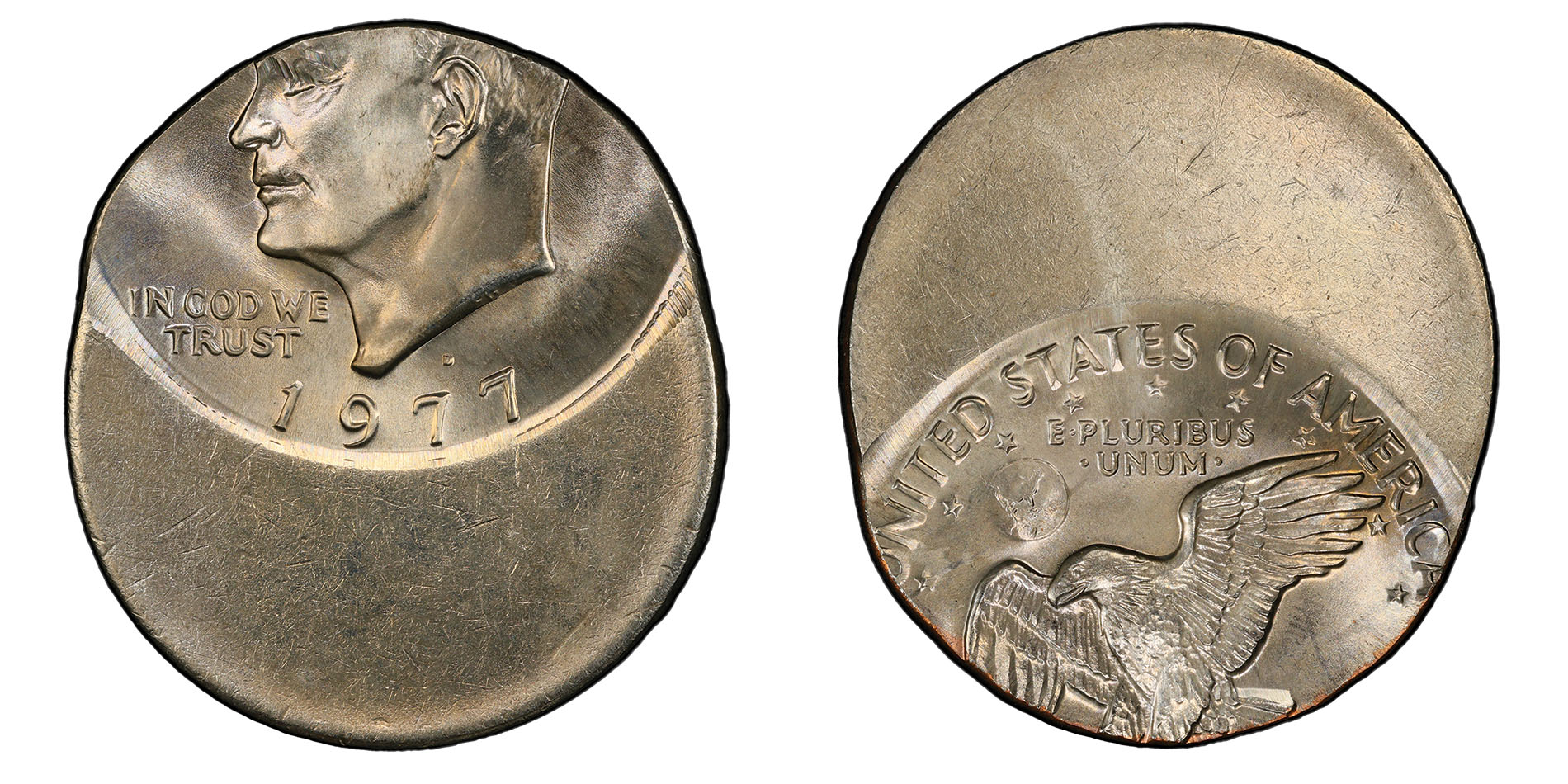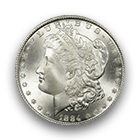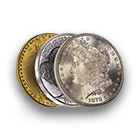March 14 is Pi Day. But don’t start sitting in the corner like Little Jack Horner and pull plums out of your Christmas pie. Because March 14 isn’t about the kind of “pie” you can eat. It’s about the “pi” (ne “e”) that helps us mathematically tabulate the countless things in the world around us. Those of us who studied high school-level math (or took the SAT) might recall what pi is. It’s a mathematical function that enables us to measure the circumference of circles, areas of ellipses, volumes of solid forms, and other geometric units.
In its most basic form, pi is represented as the number 3.14 (ergo why March 14 – 3/14 or 3.14 – is known as Pi Day) or the symbol p . But pi is so much more than three digits. Rather, pi is known as an irrational number, which means when numerically presented, pi has no repeating number patterns and never ends. Talk about mind bending!
But the question is how can we apply pi to coins? There are many fun ways to apply pi to coins! With pi, we can readily determine the circumference or area of just about any coin in our pockets. Consider, for example, that to ascertain the circumference of a perfectly circular coin. Let’s take the Lincoln Cent – a coin so many of us have laying around. The Lincoln Cent has a diameter of 19 millimeters and thus a radius of half that, or 9.5 millimeters. These are two important figures to keep in mind as we move forward here…
The circumference of the Lincoln Cent can be measured by multiplying the coin’s diameter times pi. If your calculator has a pi symbol, great. You could simply calculate 19 x p. Those without a pi symbol will need to input a mathematical figure that approximates pi. As mentioned, pi doesn’t terminate. But many calculate pi out to five digits to the right of the decimal. This comes to 3.14159. Therefore, 19 (millimeters) times 3.14159 comes to 59.69 – that’s nearly 60 millimeters!
How much area does a Lincoln Cent have on its obverse or reverse? Ah… Let’s square the radius (9.5 millimeters) and then multiply that times pi (3.14159). To square the radius, let’s multiply 9.5 times itself… Therefore, 9.5 squared comes to 90.25. That number times pi comes to approximately 283.53 – or 283.53 square millimeters on the obverse or reverse of the Lincoln Cent.
But wait! Now that we know the area of the obverse and the reverse of the Lincoln Cent, what about its edge? Thought you’d never ask… The edge of a Lincoln Cent is 1.52 millimeters thick. So, let’s take the circumference, 59.69, and multiply it times 1.52. That comes to approximately 90.73. Now let’s have some real fun… Time to add up the area of the obverse, the reverse, and the edge of the coin. Let’s see here… The obverse and reverse are 283.53 square millimeters plus the 90.73 millimeters on the edge. Wow – we arrive at 657.79! That means the surface area of a typical Lincoln Cent is around 658 square millimeters, when accounting for rounding and such. And what about the volume of a Lincoln Cent? Well, let’s just take the area of the obverse (or reverse) and multiply it times the thickness of the edge. Beep, boop, beep beep, boop… We arrive at about 430.97 cubic millimeters contained within the mighty little Lincoln Cent.
And that’s a lot of millimeters with which to celebrate Pi Day!







 Copper & Nickel
Copper & Nickel
 Silver Coins
Silver Coins
 Gold Coins
Gold Coins
 Commemoratives
Commemoratives
 Others
Others
 Bullion
Bullion
 World
World
 Coin Market
Coin Market
 Auctions
Auctions
 Coin Collecting
Coin Collecting
 PCGS News
PCGS News